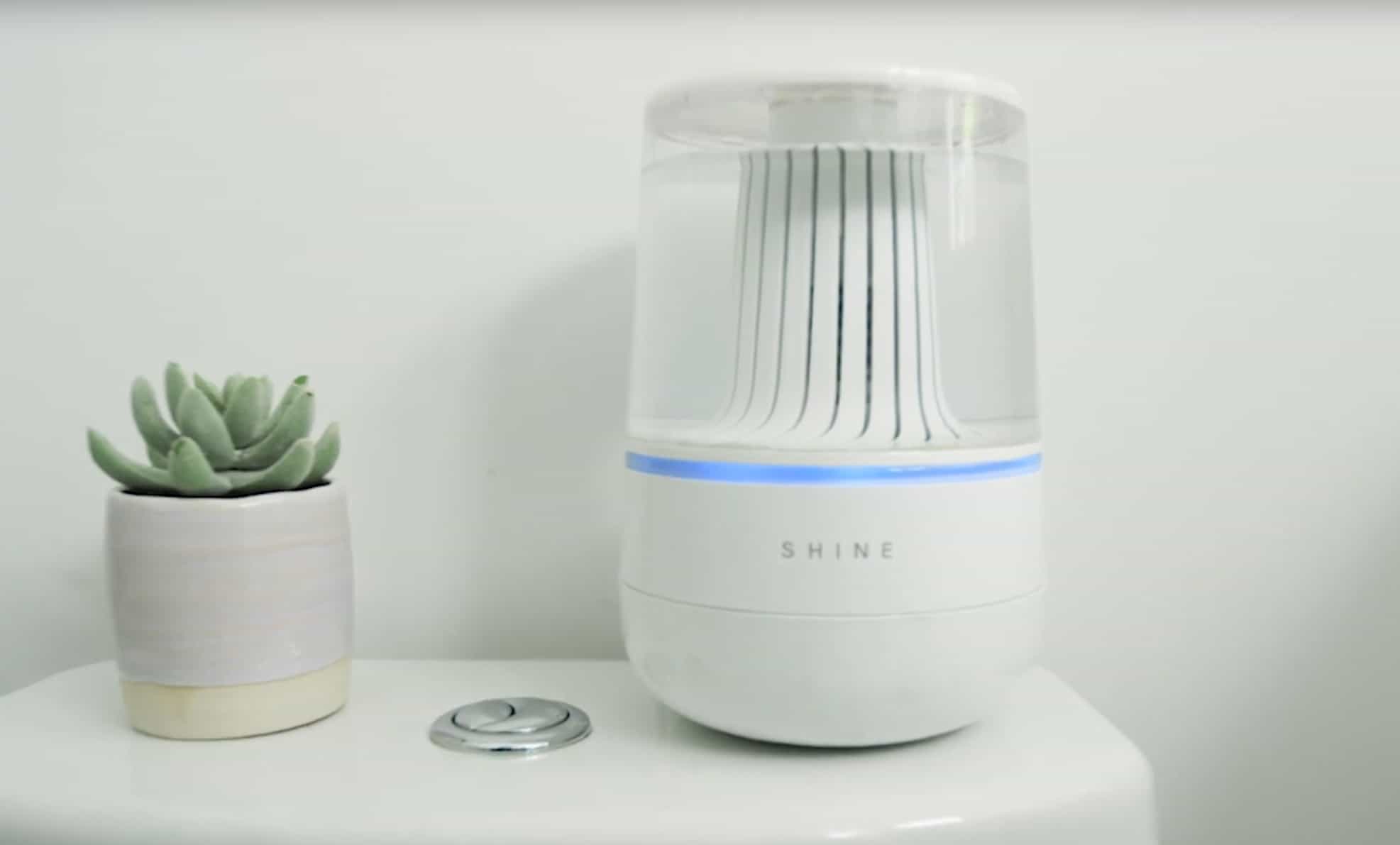


“What if we’re changing data? What if we make mistakes?” “An electron microscopist is always a little bit cautious when people talk about restoration of images,” says Lippens, director of the institute’s microscopy core facility in Ghent. So she hesitated when graduate student Joris Roels offered to use an algorithm to filter out the noise from the input micrographs, even though he said it would improve her border-finding results. If you’ve ever uploaded amateur porn with pixelated faces, prepare to get unmasked.Saskia Lippens was satisfied with the images she was feeding into a program to identify borders between cells and organelles at the Flanders Institute for Biotechnology (VIB) in Belgium.
#Ai image cleaner code#
Someone could get the code for this and train a neural network to re-build an image that was blurred or pixelated before. This technology could pose a real threat to privacy. And while “the reconstructed face is not necessarily identical to the original one, since most information has been lost during the pixelation process it may help with identifying someone.” This would not work as evidence in court, he says, but you could identify people you couldn’t identify before. You could also use this system, Sajjadi says, to un-pixelate faces that have been pixelated, like those in anonymized photos. They could use this technology to do it right now.
#Ai image cleaner license#
Sajjadi told me that even while the “details that are reconstructed are not necessarily the true ones the techniques can indeed be used in special cases such as license plate recognition.” That means that police would not have to wait for ultra-high resolution cameras to catch people speeding. Of course, that also potentially includes law enforcement applications. Imagine that: One neural network enhances the image, then another one uses the result to detect objects. It turns out that using our algorithm on images makes it easier for other neural networks to detect objects in images, which has wide applications from Google image search to detecting pedestrians in self-driving cars.

This is something we’ve actually studied in the paper.
#Ai image cleaner software#
Perhaps for the first time ever, artificial intelligence can now re-create reality with uncanny accuracy–by using fake details.Īccording to the numerous experiments described in the researchers’ paper, “the outcome achieves a significant boost in image quality at high magnification ratios.” The software creates these images by “feed-forward fully convolutional neural networks in an adversarial training setting.” In other words, like other adversarial neural networks, one system generates results while the other one evaluates the accuracy of the result.įrom upsampling old movies to 4K-quality, restoring old family photographs that are too blurry when you want to get a large print over to more general applications such as improving object detection.

The synthetic detail makes the resulting pictures so realistic that they are almost indistinguishable from the actual photos. Sajjadi, Bernhard Schölkopf, and Michael Hirsch at the Max-Planck Institute for Intelligent Systems in Germany–classify their software as a “Single Image Super-Resolution Through Automated Texture Synthesis.” That’s exactly what it does: It scales up very low-resolution photos by synthesizing textures that introduce new detail into the resulting high-resolution image. It even reproduces the camera’s depth of field from the original photo, as you can see in the foreground tree branches. EnhanceNet can take a grossly pixelated, low-resolution photo of a bird and turn it into a crystal-clear image. The result, on the right, looks almost indistinguishable from the original.Just look at the images above. Scientists fed the pixelated bird (center) to EnhanceNet. Caption: On the left, the original image.


 0 kommentar(er)
0 kommentar(er)
